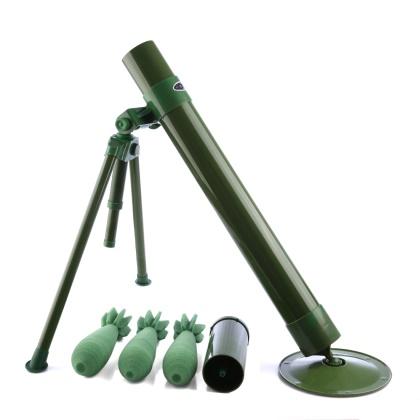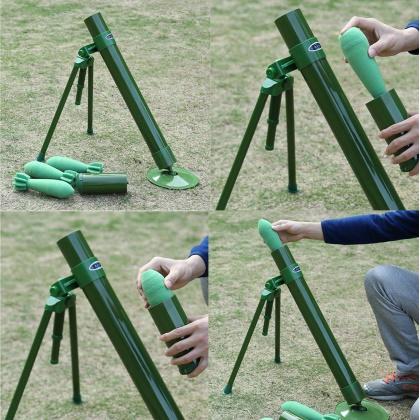CAMP SMITH, N.Y. — Ten Army National Guard Soldiers from the Northeast, who originally were not infantrymen, are now qualified to wear the sky blue cord and crossed rifles of the Infantry after completing a three-week reclassification course.
Conducted by the New York Army National Guard’s 106th Regiment Regional Training Institute, the three-week class is designed to turn Soldiers with a variety of other military occupational specialties into Infantry Soldiers.

US Army Spc. Joshua Yajcaji a native of Brick, N.J., assigned to Company B, 1-114th Infantry Regiment, in a security position after dismounting a CH-47 Chinook helicopter from to Detachment 2, Company C, 3rd Battalion, 126th Aviation, at the start Infantry reclassification course 18-002 final field training exercise.
Course 18-002 began on Aug. 3, 2018, with 15 candidates and graduated 10 infantrymen on Aug. 17, 2018. Three of the graduates were New York Army National Guard members.
Starting October 2018, the 106th RTI will be one of only six locations where Soldiers can attend the reclassification and other Infantry courses.

Army National Guard Soldiers from the Northeast Region at Infantry reclassification course 18-002 ruck march in the mountains.
“It takes a special person to want a chance to become an Infantry Soldier, to fight for your country and loved ones at home and asking nothing in return,” said Staff Sgt. John Dustman, the senior course instructor at the RTI and 25-year combat veteran.
“I don’t expect those who graduate this course to become experts on the Infantry, but I expect after what they go through they should have it inside to always try and push through at all times,” said Dustman.

Army National Guard Soldiers from the Northeast Region at Infantry reclassification course 18-002 storm out of the belly of the CH-47 Chinook helicopter from Detachment 2, Company C, 3rd Battalion, 126th Aviation into positions during their final field training exercise.
The Infantry is an extremely physically demanding occupation and only accepts Soldiers into its reclassification course who request the change and are excelling in their military duties like the Army physical test, marksmanship, and driver’s qualifications.
Some Soldiers are drawn to the physically demanding portion of the job, like Spc. Michael Labonte, a motor vehicle operator assigned to Company C, 1st Battalion (Airborne), 143rd Infantry Regiment, Rhode Island Army National Guard.

Spc. Michael Labonte a resident of Smithfield, R.I., assigned to Company C, 1st Battalion, 143rd Infantry Regiment, takes cover before a mock assault.
“I needed something that would let me be out in the field with my fellow Soldiers,” said Labonte, who is a resident of Smithfield, Rhode Island.
He decided to make the job switch because in his current role as a motor vehicle operator, he mostly did paperwork and inspections.
“The course is the most challenging thing I have done in my four years in the military,” said Labonte.

Spc. Brandon Weston, a resident of Buffalo, N.Y., assigned to B Company, 1st Battalion, 182nd Infantry Regiment, prepares to take aim with a Machine Gun, 7.62 mm, M240.
Soldiers also spend a large amount of time in a classroom setting to become knowledgeable on the duties they need to perform as modern-day Infantry Soldiers.
“There is a lot of good knowledge going around and a lot of good guys here,” said Spc. Michael A. Shriver, a prior-service Marine assigned to 2nd Battalion, 108th Infantry Regiment, New York Army National Guard.

Army National Guard Soldiers from the Northeast Region at Infantry reclassification course 18-002 ruck march down a mountain.
Students learn to master some of the Infantry’s weapons systems like the Browning .50 Caliber Machine Gun and the M240 machine gun, while familiarizing themselves with other systems like the M320 grenade launcher and the M16 rifle with the M203 grenade launcher attachment.
They are also taught current scientific strategies on how to maintain a peak level of physical fitness that included safety considerations while working out, injury control, environmental considerations, and other techniques.

Spc. Zachary Pisani a native of Boston, Mass., assigned to Company C, 1st Battalion, 181st Infantry Regiment, takes aim while concealed behind a tree.
Fitness is a big concern for Infantry Soldiers since they train and operate with a high-level of physical activity.
“The ruck marches, loaded with at least 45 pounds of gear, and the Infantry 5-mile run were the most difficult part,” said Spc. Movado A. McKoy from Queens, a logistics specialist with 1st Battalion, 69th Infantry Regiment, New York Army National Guard.
What surprised McKoy was just how effective the instructions, tactics and procedures were at this level.
“The lessons we were taught trained us on how to tactically move in densely wooded areas,” said McKoy. “I want this occupation to prove to myself that I can do it.”

Army National Guard Soldiers from the Northeast Region at Infantry reclassification course 18-002, along with course support staff, receive a safety brief for the CH-47 Chinook helicopter before flying out for their final field training exercise.
Ten of the 15 Soldiers who started the course made it to the final task, a 48-hour-straight field training exercise, or FTX, in the mountains and woods at Camp Smith. That task was all that stood in their way to earn the sky blue U.S. Army Infantry colors and badge.
Camp Smith is a military installation of the New York Army National Guard in Cortlandt Manor, about 30 miles north of New York City. It consists of 1,900 acres with training assets and simulators.

Spc. Brandon Weston assigned to B Company, 1st Battalion, 182nd Infantry Regiment U.S., and Army Spc. Brandon Weston to B Company, 1st Battalion, 182nd Infantry Regiment, scramble for positions during a mock assault.
During the FTX, students go out as a platoon and are led by two of the course instructors. They move tactically throughout the woods while going up against role-playing enemy combatants made up of their course instructors and handpicked Soldiers.
“The two-day FTX was designed to test all they had been training on, and what they will required to enter the Infantry,” said Staff Sgt. Morgen P. Sealy, the course manager and an Afghanistan combat veteran.
Sealy explained their biggest challenge is that a lot of the units do not prep their students for a condensed and intense course like this.”The best part of the course is seeing the progression in the students from day one till when we get to the field,” said Sealy.
“We want heart, willingness to learn, self-motivation, the desire and the determination to succeed,” Dustman said. “My personal expectation is that after this course they keep learning the craft even more.”
Story and photos: CPL Nnaemeka Onyeagwa, New York National Guard. Photos of Infantry reclassification course 18-002 final field training exercise were taken at Camp Smith Training Site, Cortlandt Manor, N.Y., Aug. 13, 2018.



























































































































